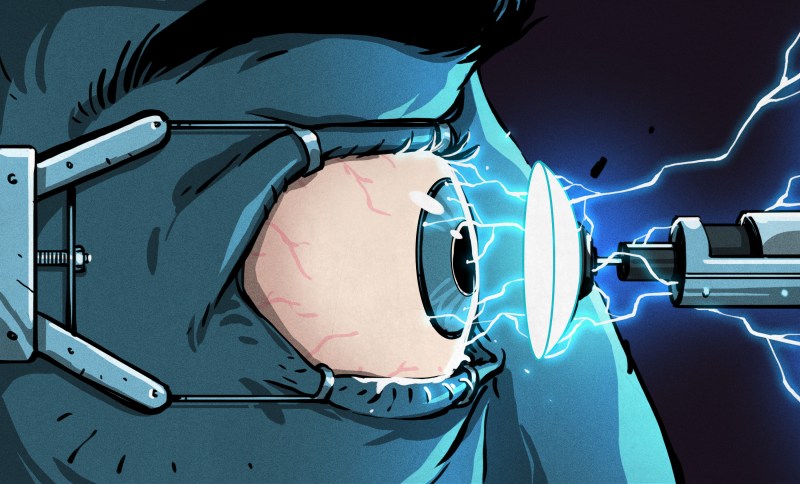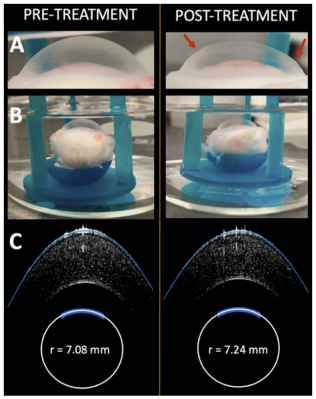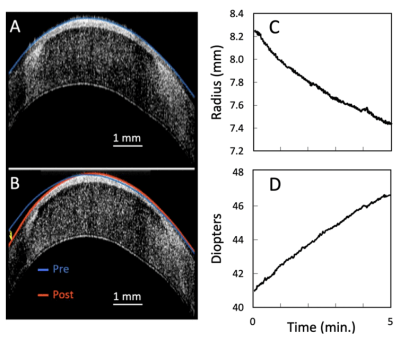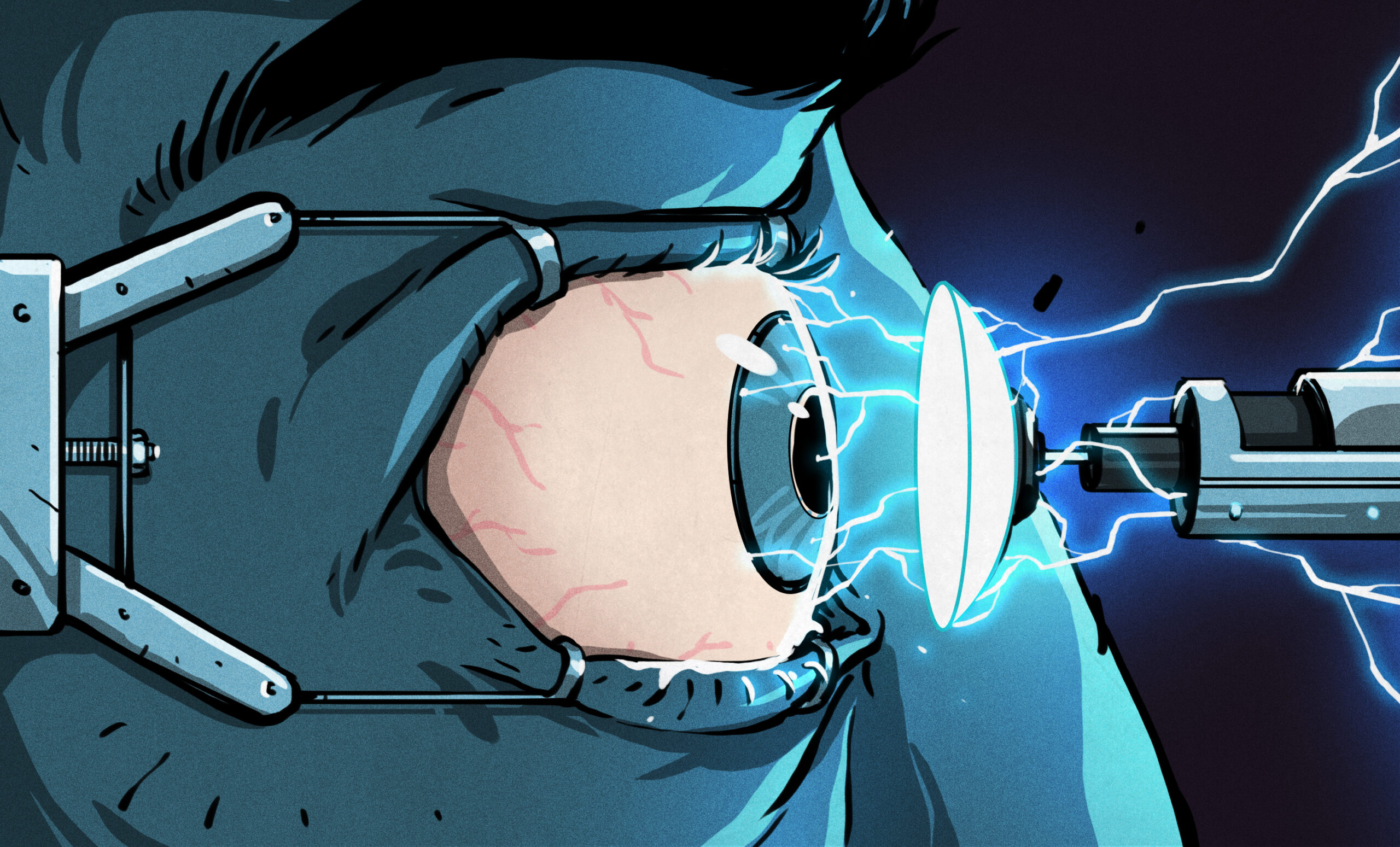
Glasses are perhaps the most non-invasive method of vision correction, followed by contact lenses. Each have their drawbacks though, and some seek more permanent solutions in the form of laser eye surgeries like LASIK, aiming to reshape their corneas for better visual clarity. However, these methods often involve cutting into the eye itself, and it hardly gets any more invasive than that.
A new surgical method could have benefits in this regard, allowing correction in a single procedure that requires no lasers and no surgical cutting of the eye itself. The idea is to use electricity to help reshape the eye back towards greater optical performance.
The Eyes Have It

Existing corrective eye surgeries most often aim to fix problems like long-sightedness, short-sightedness, and astigmatism. These issues are generally caused by the shape of the cornea, which works with the lens in the eye to focus light on to the light-sensitive cells in the retina. If the cornea is misshapen, it can be difficult for the eye to focus at close or long ranges, or it can cause visual artifacts in the field of view, depending on the precise nature of the geometry. Technologies like LASIK reshape the cornea for better performance using powerful lasers, but also involve cutting into the cornea. The procedure is thus highly invasive and has a certain recovery time, safety precautions that must be taken afterwards, and some potential side effects. A method for reshaping the eye without cutting into it would thus be ideal to avoid these problems.
Enter the technology of Electromechanical Reshaping (EMR). As per a new paper, researchers at the University of California, Irvine, came across the idea by accident, having been looking into the moldable nature of living tissues. As it turns out, collagen-based tissues like the cornea hold their structure thanks to the attractions between oppositely-charged subcomponents. These structures can be altered with the right techniques. For example, since these tissues are laden with water, applying electricity can change the pH through electrolyzation, altering the attraction between components of the tissue and making them pliable and reformable. Once the electric potential is taken away, the tissues can be restored to their original pH balance, and the structure will hold firm in its new form.

Researchers first tested this technique out on other tissues before looking to the eye. The team were able to use EMR to reshape ears from rabbits, while also being able to make physical changes to scar tissue in pigs. These efforts proved the basic mechanism worked, and that it could have applicability to the cornea itself.
To actually effectively reshape the cornea using this technique, a sort of mold was required. To that end, researchers created a “contact lens” type device out of platinum, which was formed in the desired final shape of the cornea. A rabbit eyeball was used in testing, doused in a saline solution to mimic the eye’s natural environment. The platinum device was pushed on to the eye, and used as an electrode to apply a small electrical potential across the eyeball. This was controlled carefully to precisely change the pH to the region where the eye became remoldable. After a minute, the cornea of the rabbit eyeball had conformed to the shape of the platinum lens. With the electrical potential removed, the pH of the eyeball was returned to normal and the cornea retained the new shape. The technique was trialled on twelve eyeballs, with ten of those treated for a shortsightedness condition, also known as myopia. In the case of the myopic eyeballs, all ten were successfully corrected the cornea, creating improved focusing power that would correspond to better vision in a living patient’s eye.
While the technique is promising, great development will be required before this is a viable method for vision correction in human patients. Researchers will need to figure out how to properly apply the techniques to eyeballs that are still in living patients, with much work to be done with animal studies prior to any attempts to translate the technique to humans. However, it could be that a decade or two in the future, glasses and LASIK will be increasingly less popular compared to a quick zap from the electrochemical eye remoulder. Time will tell.
This articles is written by : Fady Askharoun Samy Askharoun
All Rights Reserved to Amznusa www.amznusa.com
Why Amznusa?
AMZNUSA is a dynamic website that focuses on three primary categories: Technology, e-commerce and cryptocurrency news. It provides users with the latest updates and insights into online retail trends and the rapidly evolving world of digital currencies, helping visitors stay informed about both markets.
